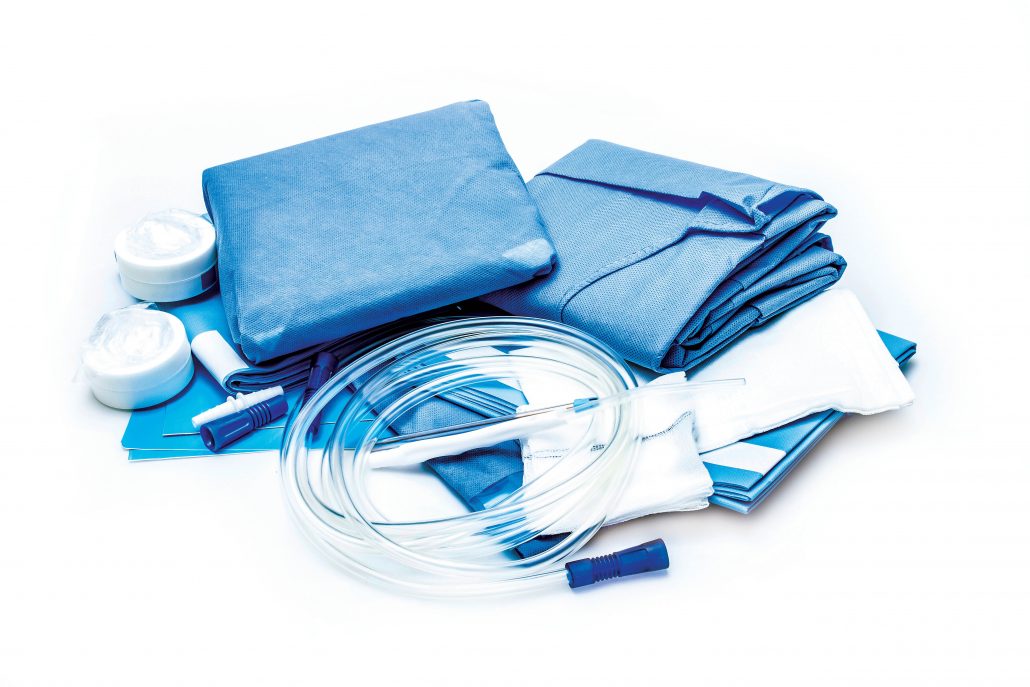
The Therapeutic Goods Administration (TGA) has refined its guidance on system or procedure packs (SOPPs) as of January 2024. This revision builds on the foundational document released in November 2021, offering critical insights into Australia’s regulatory landscape for SOPPs. The guidance presents pathways for SOPP manufacturers, detailing how to achieve compliance and secure inclusion in the Australian Register of Therapeutic Goods (ARTG). Manufacturers now have a clearer direction on obtaining market authorisation or pursuing a specialised assessment process for eligibility. Key to this guidance, is the stringent adherence to safety and performance......
Continue Reading
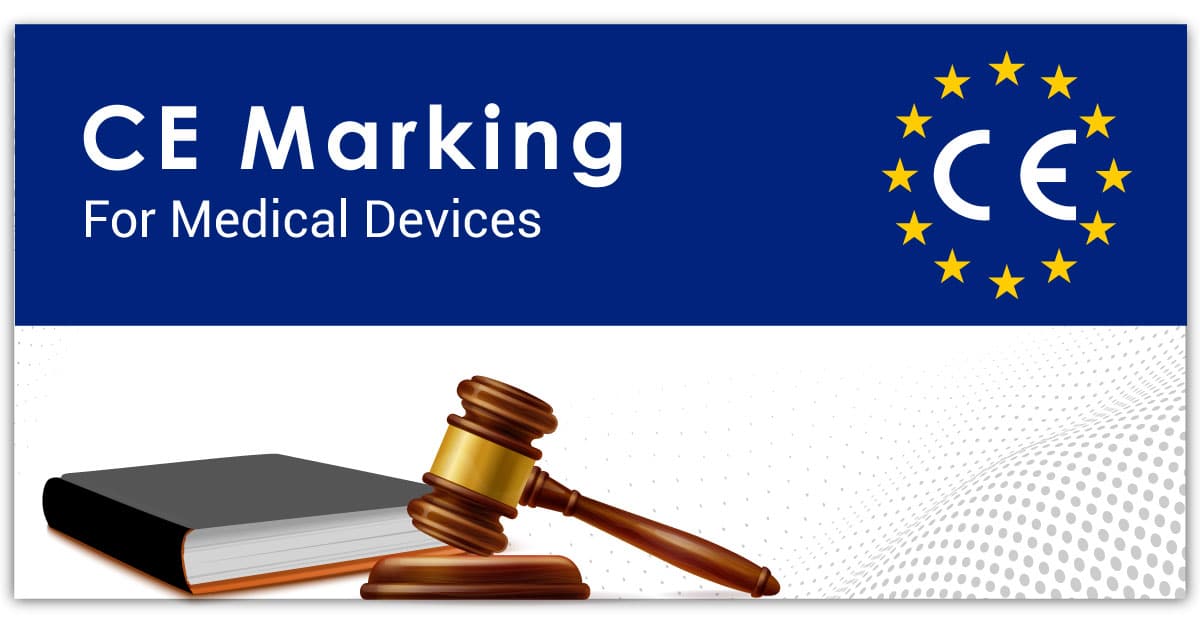
This newsletter is aimed toward introducing the Device Specific Vigilance Guidance (DSVG), a pivotal document aimed at harmonsing vigilance reporting and offering comprehensive guidance for manufacturers of Specific Devices. This guidance is designed to provide clarity on vigilance reporting of Specific Devices to the relevant Competent Authority and should be considered alongside the requirements of Regulation (EU) 2017/745 on Medical Devices (MDR) and Regulation (EU) 2017/746 on In Vitro Diagnostic Medical Devices (IVDR). It’s important to note that the DSVG neither replaces nor extends the existing regulatory requirements. Key Reporting Obligations Manufacturers......
Continue Reading
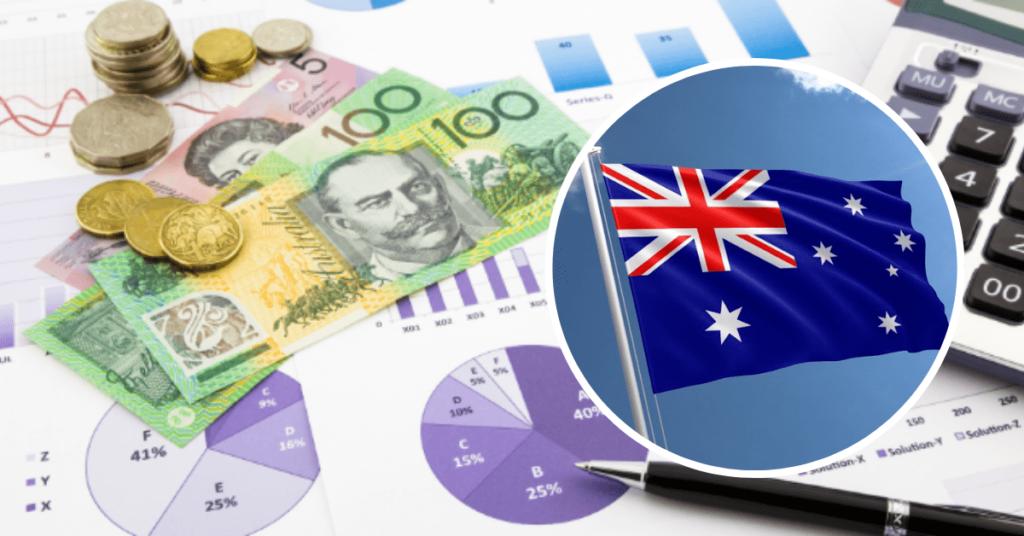
The Therapeutic Goods Administration (TGA) is seeking feedback on its proposed fees and charges for the 2024-25 financial year. This consultation allows stakeholders to comment on the potential impact of these changes before they are submitted for government approval. The TGA, responsible for regulating therapeutic goods, operates under a full cost recovery basis as per Australian Government arrangements. This includes application, evaluation, conformity assessment, and inspection fees. The fees and charges cover sectors such as prescription medicines, over-the-counter medicines, complementary medicines, medical devices, blood components, and biologicals. For 2024-25, the TGA proposes......
Continue Reading

In September 2023, Berlin hosted the 24th IMDRF Management Committee meeting, chaired by the EU and attended by over 550 global participants over five days, revealing significant developments in medical device regulation. IMDRF/DITTA-GMTA Joint Workshop (25 September 2023): Explored tailored medical devices (MDs) for specific patient demographics (e.g., orphan, humanitarian, paediatric, custom MDs). Examined innovative MDs, their global regulatory pathways, and potential international collaboration. Introduced regulatory toolboxes for innovation, including regulatory sandboxes and predetermined change control plans (PCCPs). IMDRF Stakeholder Forum (26 September 2023): Shared regulatory updates from IMDRF MC Members and......
Continue Reading

Introduction The TGA’s August 2023 guidance focuses on requirements for active medical devices, which are defined as devices that significantly convert energy to operate. This excludes devices operated by gravity or human effort. The guidance clarifies classification rules, essential principles, and different types of energy like chemical and elastic energy. Electromedical Safety Standards Electromedical devices like pacemakers pose safety risks. Manufacturers must comply with Essential Principles 9.2 and 12. They can either follow Australian or international standards like IEC 60601-1 or justify alternative compliance methods. Connection to Public Mains Devices that connect......
Continue Reading

The Therapeutic Goods Advertising Code (the Code) sets out the rules which govern advertisement of therapeutic goods to Australian consumers. This regulatory framework made under section 42BAA of the Therapeutic Goods Act 1989 (the Act) is intended to ensure advertisements: promote the safe and proper use of therapeutic goods by minimising misuse, overuse or underuse; and are ethical and do not mislead or deceive the consumer or create unrealistic expectations about the product performance of the therapeutic goods; and support informed health care choices; and are not inconsistent with current health campaigns. On 01......
Continue Reading

What is a valid ISO 13485 QMS certificate accepted by the TGA? International Standard ISO 13485:2016 Medical devices – QMS – Requirements for regulatory purposes was issued by the International Organisation for Standardisation in 2016. The TGA accepts ISO 13485 certificates issued by Notified Bodies or an International Accreditation Forum (IAF) certified conformity assessment body. Refer to the Table provided below for a summary of TGA accepted manufacturer’s evidence for IVD medical devices. What is changing? The COVID-19 pandemic had a significant impact on the IVD industry which was burdened with......
Continue Reading
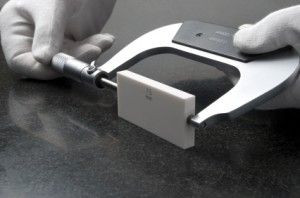
In July 2021 the Therapeutic Goods Administration (TGA) published significant updates to the Therapeutic Goods (Medical Devices) Regulations 2002 (the Regulations). Access the current version of the Regulations via the TGA website. WHAT HAS BEEN UPDATED? Sub-regulation 4.1 This sub-regulation has been repealed. So what does this mean? It is no longer a requirement for the manufacturer of medical devices which fall into the categories listed below, to hold a TGA Conformity Assessment (CA) certificate as the only accepted evidence of conformity, before submitting your application for inclusion on the Australian Register......
Continue Reading
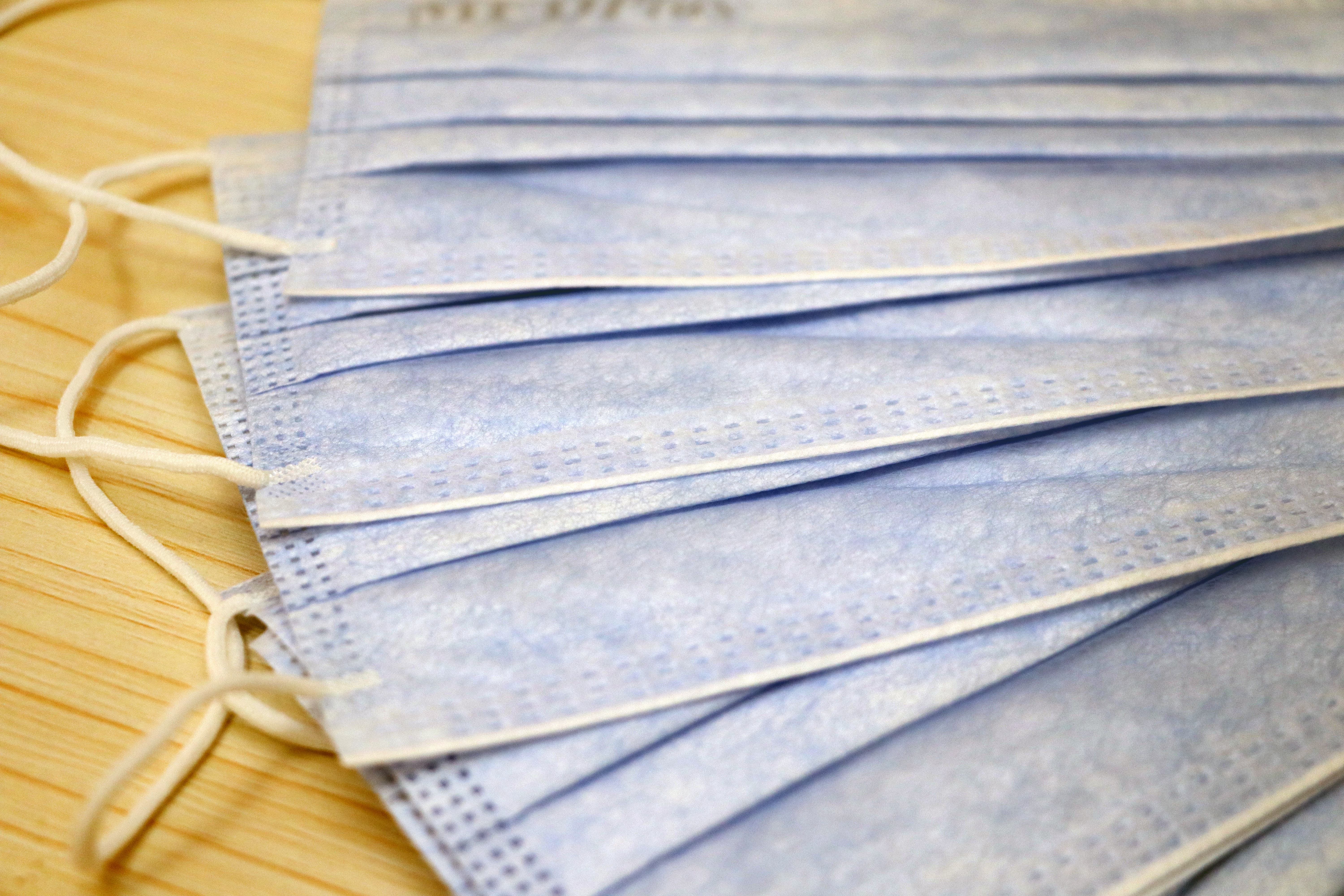
Due to the COVID-19 pandemic, the demand for PPE has significantly increased. In response to the greater demand, the TGA has issued guidance on the regulation of face masks, gloves and gowns. The regulation is dependent on the product type and its therapeutic purpose. What is PPE? PPE refers to clothing and equipment (face masks, gloves and gowns) used to protect an individual against one or more health and safety hazards. When is PPE considered a medical device? The regulation defines PPE as articles that are non-sterile personal protective equipment or safety......
Continue Reading

What does this mean? The TGA has changed the inclusion process by which non-measuring, non-sterile Class I medical devices are included in the ARTG. The changes came into effect October 2020. What has changed? The TGA has modified the process, by which Class I inclusion applications in the ARTG are done. The application has been updated with additional requirements; applicants must now provide a manufacturer’s Declaration of Conformity when applying to include the device on the ARTG. The Manufacturer’s Declaration of Conformity form for these devices has been amended, making it more......
Continue Reading
